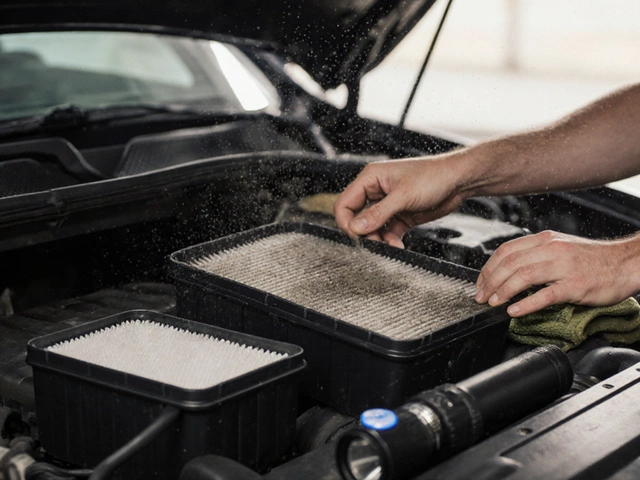Spark Plug Life Expectancy: What You Need to Know
Ever wondered when your spark plugs will quit on you? Knowing how long they last saves you from sudden stalls and pricey repairs. In most cars, a good set of plugs will keep firing for 30,000 to 100,000 miles. The exact number depends on the type of plug, driving habits, and how well you maintain the engine.
Factors That Change the Clock
Not all spark plugs are created equal. Copper plugs are cheap but wear fast, usually around 20,000‑30,000 miles. Iridium and platinum plugs are tougher and can stretch past 80,000 miles. Still, they’re not immune to wear. Heat, fuel quality, and engine load all speed up erosion. If you do a lot of stop‑and‑go traffic, tow heavy loads, or run on low‑grade fuel, expect the plugs to age quicker.
Another hidden factor is oil fouling. A leaky valve or a worn piston ring can let oil splash onto the plug tip, causing it to misfire. You’ll notice rough idling or a drop in fuel economy before the plug actually burns out. Cleaning the plugs can buy a few extra miles, but it’s usually a sign that a replacement is coming.
Signs It’s Time for New Plugs
Listen to your engine. A misfiring cylinder, shaky idle, or a hard start are classic red flags. You might also see a drop in power when you step on the gas – that’s the spark dying out. If the check engine light flashes with a code related to misfires, grab a plug tester or head to a shop. Replacing the plugs early can prevent more serious damage, like a broken coil or a burned valve.
Don’t forget the fuel gauge. A sudden dip in miles per gallon often points to a fouled plug. Even a slight increase in fuel consumption can add up over time, so it’s worth checking the plugs before you assume it’s a tire issue.
Most modern cars have a maintenance schedule that lists plug replacement intervals. Follow that guide, but also trust your gut. If you notice any of the symptoms above, swap them out even if you’re still within the mileage range.
When you do replace them, go for the same heat range and thread size that the manufacturer recommends. Using the wrong heat range can cause the plug to overheat or run too cold, both of which shorten its life. If you’re unsure, a quick call to Northwich Tyres Centre will get you the right part.
Installation is straightforward: remove the old plug with a socket, check the gap on the new one (most plugs come pre‑gapped), and torque it to the spec. Over‑tightening can strip threads, while under‑tightening leaves room for heat to warp the head.
Bottom line: expect 30,000‑100,000 miles depending on plug type and driving style. Keep an eye on engine performance, follow the service schedule, and replace plugs at the first sign of trouble. Doing so keeps your engine smooth, saves fuel, and avoids unexpected breakdowns.
Need a reliable plug replacement or a quick check? Drop by Northwich Tyres Centre. We’ve got the right plugs, the right tools, and the know‑how to keep you on the road without a hitch.
 5 May 2025
5 May 2025
Spark Plug Life Expectancy: How Long Do They Really Last?
Curious how long your spark plugs will last? This article breaks down what actually affects a spark plug’s lifespan, how to spot wear before it turns into trouble, and when you should make the swap. Get practical tips and real-life examples from drivers who pushed their limits. Find out what happens if you wait too long, and how to get every mile out of your current set. No jargon—just honest, easy-to-grasp advice.
Latest Posts
-

Are Expensive Air Filters Worth It? Comparing Air Filter Effectiveness
-

How to Test a Bad Fuel Pump: Signs, DIY Diagnostics, and Fixes
-

Does a MERV 13 Air Filter Harm Your AC? Pros, Cons, and Real-World Tips
-

Using Regular Oil Instead of Synthetic: Risks, Effects & What to Expect
-

What Is the Proper Way to Install an Air Filter?

0